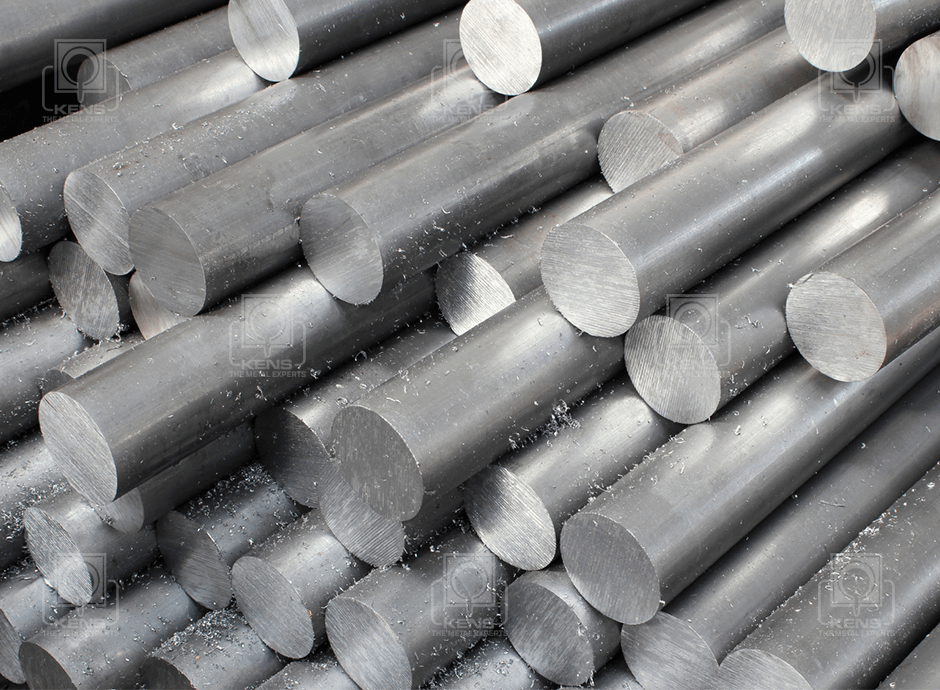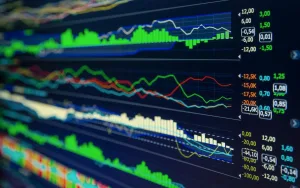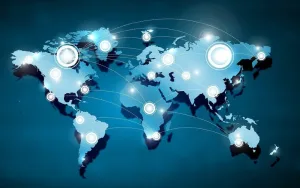Germany’s Steel Market and Industries: A Comprehensive Overview for 2024
3 min read
Introduction
Germany’s steel market is a vital component of the country’s industrial landscape, known for its high-quality production, innovative technologies, and commitment to sustainability. As a leading player in the global steel industry, Germany’s market dynamics, major players, and future trends are crucial for stakeholders to understand. This article provides an in-depth overview of Germany’s steel market and industries, covering everything from production statistics to technological advancements.
Overview of Germany’s Steel Market
Germany is one of Europe’s largest steel producers, renowned for its advanced production techniques and high-quality steel products. The country’s steel industry is integral to various sectors, including automotive, construction, machinery, and energy.
Key Statistics and Trends
- Production and Consumption
- Annual Production: Germany produces approximately 40 million metric tons of steel annually, making it one of the top steel producers in Europe.
- Domestic Consumption: The domestic market consumes a significant portion of the steel produced, driven by the automotive and construction industries.
- Export and Import Dynamics
- Export Markets: Germany exports steel products to numerous countries, with the European Union, the United States, and China being major destinations.
- Import Sources: While Germany imports certain types of steel, it is largely self-sufficient, relying on imports primarily for specialty steels not produced domestically.
Major Players in the German Steel Industry
- ThyssenKrupp
- Overview: One of Germany’s largest and most diversified steel producers, ThyssenKrupp is known for its high-quality products and innovative technologies.
- Sustainability Efforts: The company is heavily invested in reducing carbon emissions and developing green steel production methods.
- Salzgitter AG
- Overview: Salzgitter AG is another major player, with a strong presence in the flat steel and long steel markets.
- Technological Innovations: Salzgitter is at the forefront of adopting Industry 4.0 technologies to enhance production efficiency and quality.
- ArcelorMittal Germany
- Overview: Part of the global steel giant ArcelorMittal, the German operations focus on producing high-value-added steel products.
- Market Position: ArcelorMittal Germany plays a significant role in supplying steel to the automotive and construction sectors.
Technological Advancements
- Industry 4.0
- Smart Manufacturing: German steel producers are leveraging Industry 4.0 technologies, including IoT, AI, and robotics, to optimize production processes and reduce waste.
- Digital Twins: The use of digital twin technology enables real-time monitoring and predictive maintenance, enhancing operational efficiency.
- Sustainable Production
- Green Steel Initiatives: Germany is a leader in developing sustainable steel production methods, including hydrogen-based steelmaking and the use of renewable energy sources.
- Carbon Reduction Goals: German steel companies are committed to achieving carbon neutrality by 2050, with significant investments in green technologies.
Market Challenges and Opportunities
- Environmental Regulations
- Compliance Costs: Stricter environmental regulations pose challenges for the industry, increasing compliance costs but also driving innovation.
- Sustainability Leadership: Germany’s proactive approach to sustainability offers opportunities to lead the global market in green steel production.
- Global Competition
- Competitive Pressure: German steel producers face stiff competition from global players, particularly from low-cost producers in Asia.
- Quality and Innovation: Germany’s focus on high-quality products and technological advancements helps maintain its competitive edge.
Future Outlook
- Market Growth Projections
- Steady Growth: The German steel market is expected to grow steadily, driven by strong demand from the automotive and construction sectors.
- Innovation-Driven Expansion: Continued investments in R&D and sustainable technologies will be key growth drivers.
- Strategic Priorities
- Sustainability: Achieving carbon neutrality and enhancing energy efficiency remain top priorities.
- Technological Advancement: Ongoing adoption of Industry 4.0 technologies will further enhance productivity and competitiveness.
Conclusion
Germany’s steel market is characterized by high-quality production, innovative technologies, and a strong commitment to sustainability. As the industry navigates challenges and leverages opportunities, understanding the market dynamics, major players, and future trends is crucial for stakeholders. By staying ahead of technological advancements and sustainability initiatives, Germany’s steel industry is well-positioned for continued growth and leadership in the global market.



